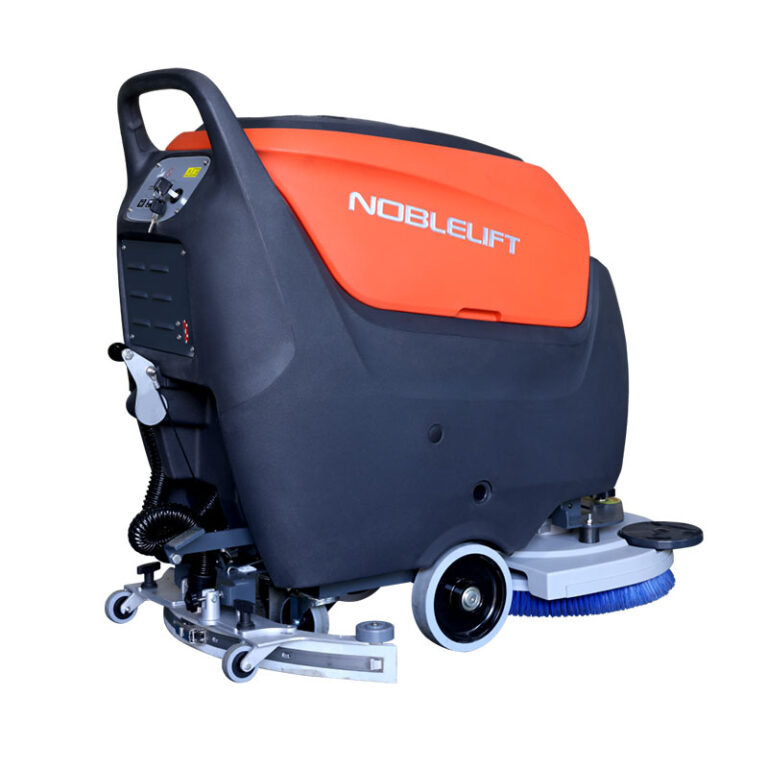Safety First: Best Practices for Operating Fork-lift Trucks
Operating fork-lift trucks requires careful attention and adherence to safety protocols to ensure the well-being of operators, other workers, and the efficient functioning of the workplace. Here are some essential best practices for operating fork-lift trucks safely:
Pre-Operation Inspection
Before operating a fork-lift truck, conduct a thorough pre-operation inspection. Check for any visible damage, fluid leaks, or other mechanical issues. Ensure that all safety features, such as lights, horns, and alarms, are functioning correctly. Verify that the forks are in good condition and properly aligned.
Operator Training and Certification
Only trained and certified operators should be allowed to operate fork-lift trucks. Proper training ensures that operators understand the machine’s controls, safety features, and operating procedures. Regular refresher courses and certifications help maintain high safety standards and keep operators updated on best practices.
 Forklifts|China price manufacturer trade wholesale Scrubber truck material handling Sale Buy Online | Forklift
Forklifts|China price manufacturer trade wholesale Scrubber truck material handling Sale Buy Online | Forklift
Understanding Load Capacities
Always be aware of the fork-lift truck’s load capacity and never exceed it. Overloading can cause instability, leading to tip-overs and accidents. Ensure that loads are evenly distributed and securely fastened. Use appropriate attachments for lifting non-standard loads.
Safe Operating Practices
Follow these safe operating practices to minimize the risk of accidents:
Speed Control: Operate the fork-lift truck at a safe speed, especially in areas with heavy foot traffic or narrow aisles.
Clear Visibility: Ensure clear visibility by keeping the mast tilted back and the load low. Use spotters if visibility is obstructed.
Pedestrian Awareness: Be aware of pedestrians and give them the right of way. Use horns and lights to signal your presence.
Smooth Movements: Avoid sudden starts, stops, and turns to prevent load shifts and maintain stability.
Proper Use of Seat Belts and Restraints
Always wear seat belts and use any other provided restraints while operating a fork-lift truck. Seat belts prevent the operator from being ejected in case of a tip-over. Adjust the seat and mirrors for optimal comfort and visibility.
Regular Maintenance and Repairs
Schedule regular maintenance and inspections to keep the fork-lift truck in good working condition. Address any issues promptly to prevent malfunctions and accidents. Maintain detailed records of all inspections, maintenance, and repairs.
Battery and Fuel Safety
For electric fork-lift trucks, ensure that batteries are charged and maintained properly. Follow safety guidelines for battery handling, including wearing protective gear and ventilating charging areas. For internal combustion fork-lifts, follow proper refueling procedures and store fuel safely.
Emergency Preparedness
Be prepared for emergencies by knowing the location of safety equipment, such as fire extinguishers and first aid kits. Familiarize yourself with the workplace’s emergency procedures and evacuation routes. In case of an accident, report it immediately and seek appropriate medical attention if needed.
Continuous Safety Culture
Promote a culture of safety within the workplace. Encourage open communication about safety concerns and regularly review and update safety policies. Conduct safety drills and provide ongoing education to reinforce the importance of safe operating practices.
Conclusion
Safety is paramount when operating fork-lift trucks. By following these best practices, operators can help ensure a safe working environment, reduce the risk of accidents, and maintain efficient operations. Prioritizing safety not only protects operators but also contributes to the overall productivity and success of the workplace.
